Double Drawer Dishwasher with integrated air gap / one-way valve?
jaxo
13 years ago
Related Stories
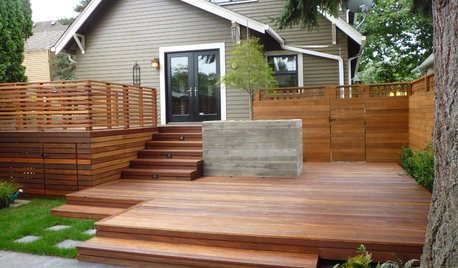
GARDENING AND LANDSCAPINGThat Gap Under the Deck: Hide It or Use It!
6 ways to transform a landscape eyesore into a landscape feature
Full Story
MOST POPULAR5 Ways to Hide That Big Air Conditioner in Your Yard
Don’t sweat that boxy A/C unit. Here’s how to place it out of sight and out of mind
Full Story
HOUSEKEEPINGDishwasher vs. Hand-Washing Debate Finally Solved — Sort Of
Readers in 8 countries weigh in on whether an appliance saves time, water and sanity or if washing by hand is the only saving grace
Full Story
HOUSEKEEPINGTackle Big Messes Better With a Sparkling-Clean Dishwasher
You might think it’s self-cleaning, but your dishwasher needs regular upkeep to keep it working hard for you
Full Story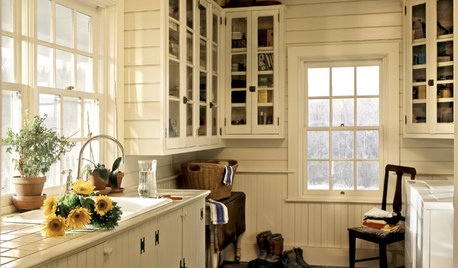
LAUNDRY ROOMSDouble-Duty Savvy: 10 Supersmart Laundry Room Combos
Throw some extra function in along with the fabric softener to spin your laundry room into mutitasking mode
Full Story
REMODELING GUIDESCantilevered Stairs: Walking on Air
Floating Stairs Take Minimalism to New Levels
Full Story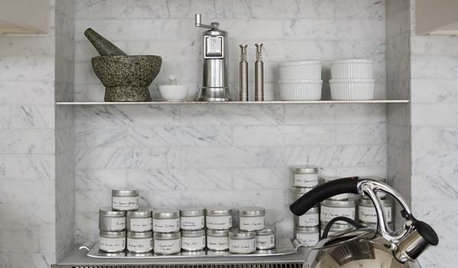
KITCHEN DESIGN24 Hot Ideas for Stashing Spices
Create a Mini Spice Pantry in a Wall, Drawer, Island or Gap Between Cabinets
Full Story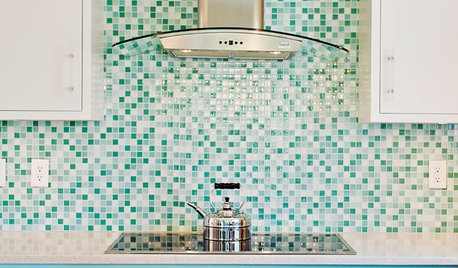
KITCHEN DESIGN9 Popular Stovetop Options — Plus Tips for Choosing the Right One
Pick a stovetop that fits your lifestyle and your kitchen style with this mini guide that covers all the basics
Full Story
ENTRYWAYSNo Entryway? Create the Illusion of One
Create the feeling of an entry hall even when your door opens straight into the living room. Here are 12 tricks to try
Full Story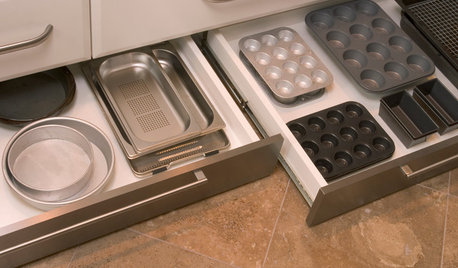
GREAT HOME PROJECTSHow to Add Toe Kick Drawers for More Storage
Great project: Install low-lying drawers in your kitchen or bath to hold step stools, pet bowls, linens and more
Full Story






jaxoOriginal Author
davidro1
Related Professionals
Clute Kitchen & Bathroom Designers · Cuyahoga Falls Kitchen & Bathroom Designers · Newington Kitchen & Bathroom Designers · San Jacinto Kitchen & Bathroom Designers · Eagle Mountain Kitchen & Bathroom Remodelers · 20781 Kitchen & Bathroom Remodelers · Green Bay Kitchen & Bathroom Remodelers · Idaho Falls Kitchen & Bathroom Remodelers · New Port Richey East Kitchen & Bathroom Remodelers · Sharonville Kitchen & Bathroom Remodelers · Ridgefield Park Kitchen & Bathroom Remodelers · Newcastle Cabinets & Cabinetry · Town 'n' Country Cabinets & Cabinetry · Warr Acres Cabinets & Cabinetry · Wildomar Cabinets & CabinetryFori
jaxoOriginal Author
antss
jaxoOriginal Author
weissman
dadoes
jaxoOriginal Author
jaxoOriginal Author
weissman
jaxoOriginal Author
weissman
davidro1
antss
weedmeister
davidro1
jaxoOriginal Author
davidro1
yana_yahoo_com
antss